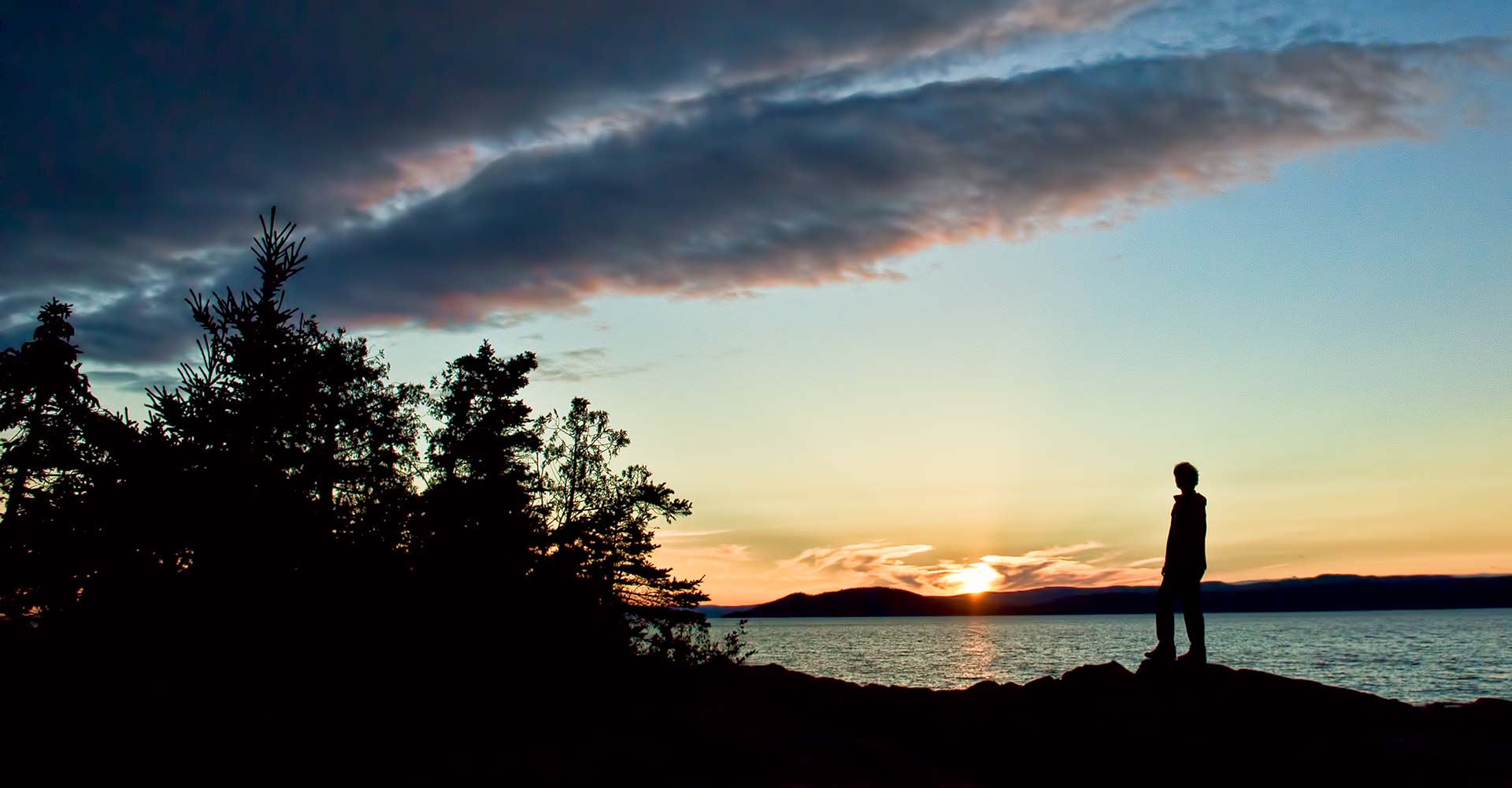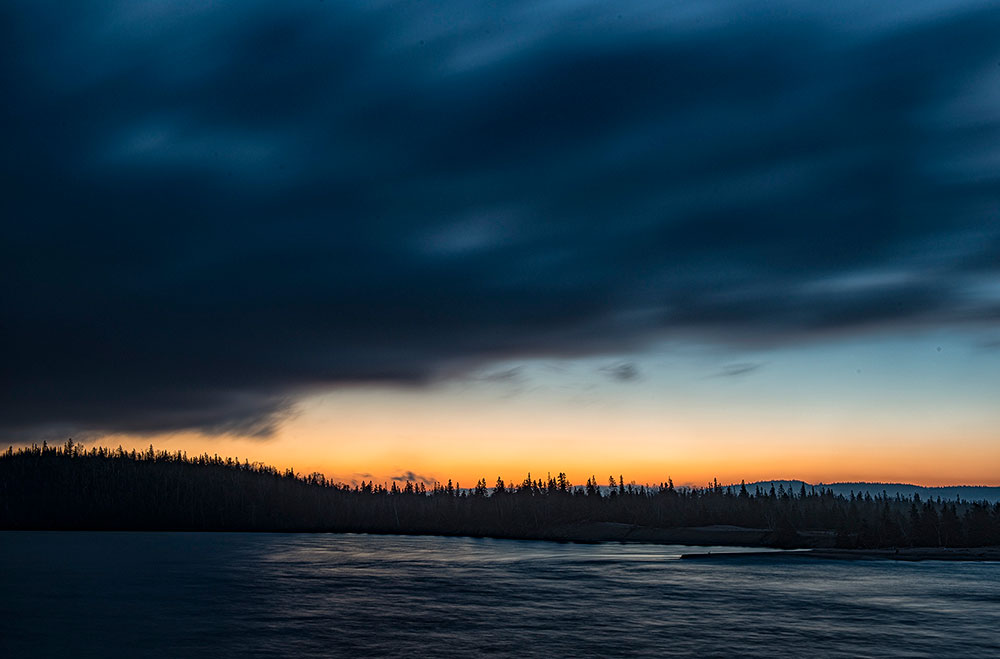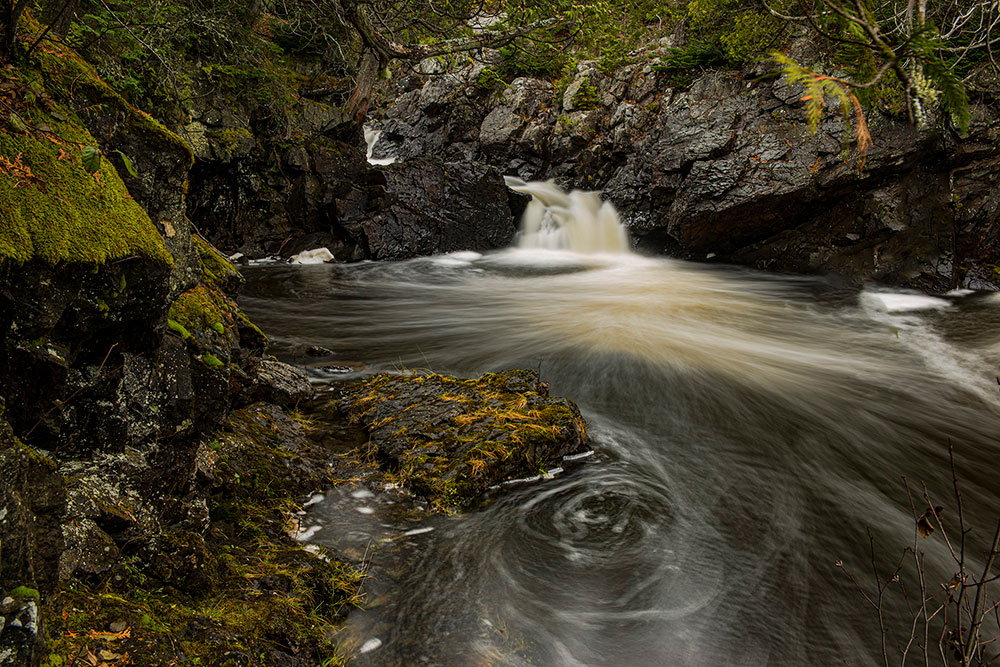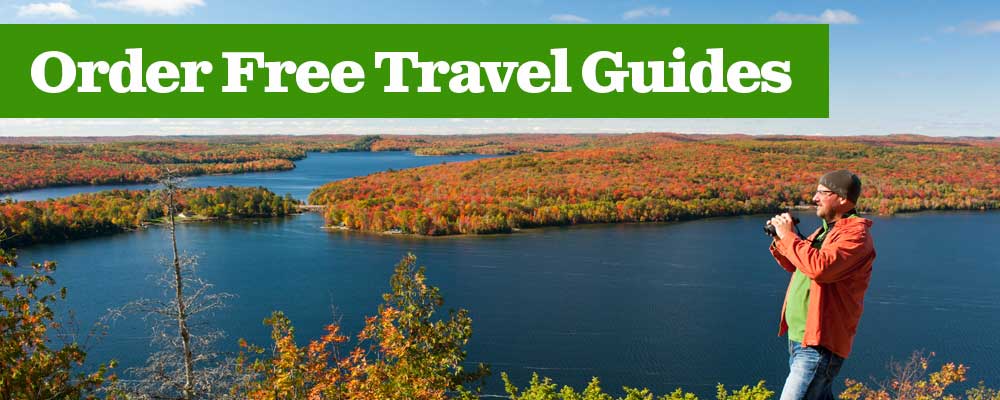Our world is huge, we can’t travel everywhere but the choices we do make are for our personal likes of that destination. The wanderings we embark on can take us to places so we can explore and experience the many facets these different regions offer. Our journeys sometimes take us to places that for the most part, we may never visit again. On these trips, one wants to document where we have been and capture a sense of place in the destination. The camera then becomes our voice through visual interpretation of the landscape.
My world is about creating, not taking but making images with my camera. One place that I visit time and time again is Algoma Country. Hiking the coastal trail along Lake Superior’s rugged coast, paddling the big lake or taking in one of the many hiking trails that dot the landscape.
I find when photographing landscapes like Algoma, you have to take the time to absorb what you are seeing. What does one do when you are faced with doing justice to this immense land artistically? The reality of the situation is when we arrive, we are more prone to documenting rather than capturing the landscape in an artistic manner. The visual information can overwhelm us, especially with the world’s largest freshwater lake in front of our camera. The big question is, how much information does one include in their images; or what is the narrative or story you want to express?
A good place to start is at Naturally Superior Adventures, Rock Island Lodge. This is a very familiar landscape as I ran the Gales of November for many years here. The Michipicoten River empties into Superior here, as well there is a long beach that is part of Michipicoten Post Provincial Park.
The first image I want to share is a fall sunrise over the Michipicoten River. What caught my eye was how the clouds and forest framed the morning light and the colour of the river was also the same as the overhead clouds. Another factor is the blue and orange colours which are complementary helping to give a harmonizing feel. I exposed the image for around 10 seconds, allowing the clouds to move to provide a painterly effect.
Photo: Rob Stimpson
The next image is the Magpie River, a short hike from Michipicoten Harbour Road. It is on the other side of the bridge heading towards the lake. Here I wanted to emphasize the movement of the river and capture the textures of rocks and the mosses. This was done on a tripod with a 24 – 70 mm lens. I dropped my ISO to 50, set my aperture at 16 with an exposure of around 15 seconds. The overcast day with its soft light helped keep the contrast down. The water now looks like it has a motor churning it up with the current looking like a spiral.
Photo: Rob Stimpson
Getting people to pose in your images can add a nice element. It can promote a feeling of safety, or that I want to be there. If you are in control of the scene, having people wear certain types of clothing can also help immensely. This image, with the man in the red jacket, moves the eye quickly to where he is standing. Red is a powerful colour in outdoor photography. Add some secondary elements like clouds, time of day and the lake itself creates a nice emotion. The triangle shape of rock in the foreground adds energy to the image as the left side has the leading line taking you to the subject, which all adds up to a pleasing image.
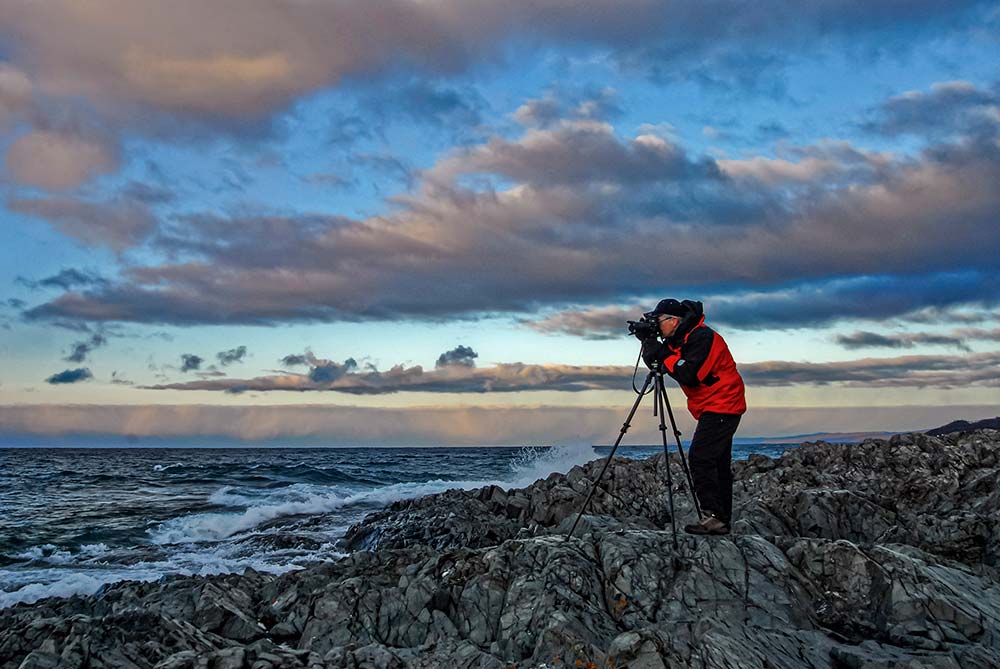
Photo: Rob Stimpson
Another way to capture images is by watching for lines that lead the viewer into the image. This photograph was captured in Sandy Beach. The lights and darks of the way the wind has manipulated the sand help us look into the image. This gives the image a 3-dimensional effect adding depth. The animal tracks in mid-ground help break up the lines. On a colour note, we have 2 complementary colour schemes at work here. The reds of the mountain ash with the greens of the spruce tree; adding in the blue of the sky with the orange of the sand makes the image work.
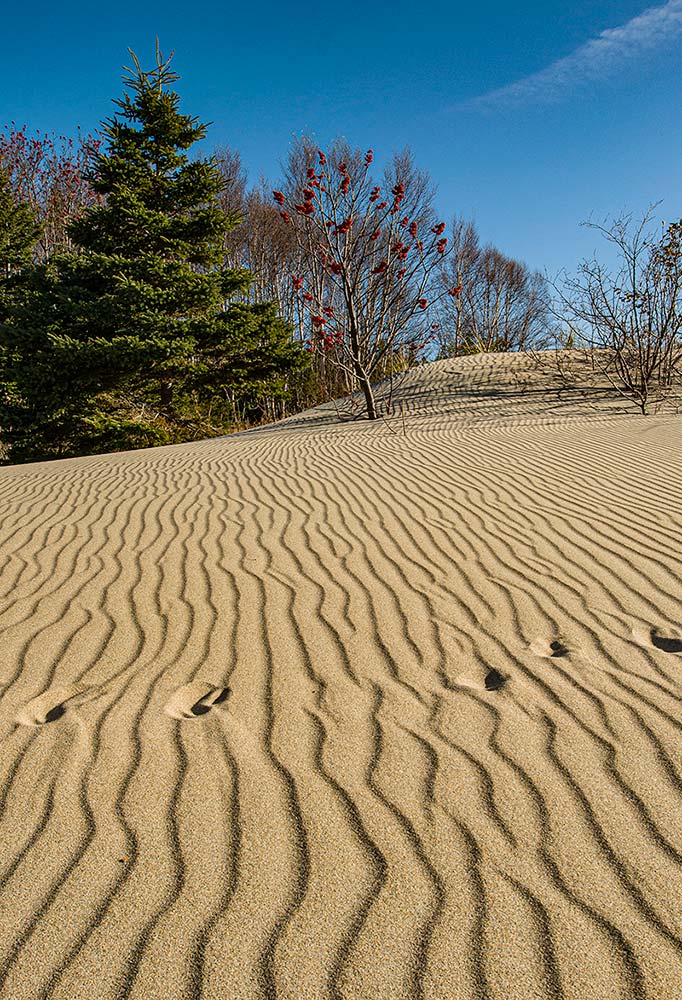
Photo: Rob Stimpson
Having a “toolbox” full of technical and creative skills is important, but one of the most effective ways to tell a story is to have relevant content. You need to put yourself in situations where pictures will be happening in front of you. It may sound like a no-brainer, but if you consciously put yourself in the right place at the right time you will come back with more effective images. Show up early and stay late to sunrises, sunsets etc while shooting. Remember images that resonate with people evoke a feeling, whether it be a feeling of happiness, shock, or humour.
Related Posts

Hikes on the Voyager Trail
Hiking trails are plentiful in Algoma. Trails may be in a provincial park,...
Read More
River Paddling Adventures
With direct access to Lake Superior, Lake Huron, and some of the most...
Read More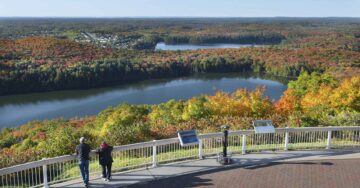
A 5 Day Fall Road Trip
Fall is the perfect time to explore Algoma Country, located from the North...
Read More